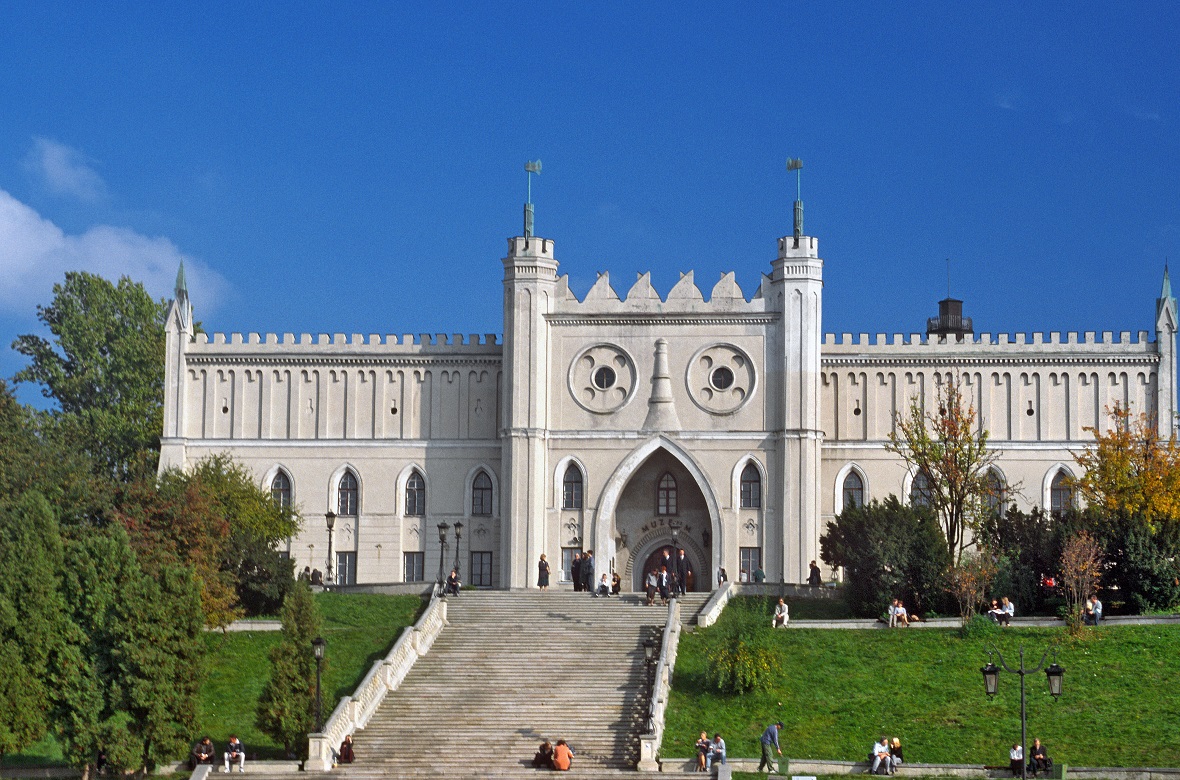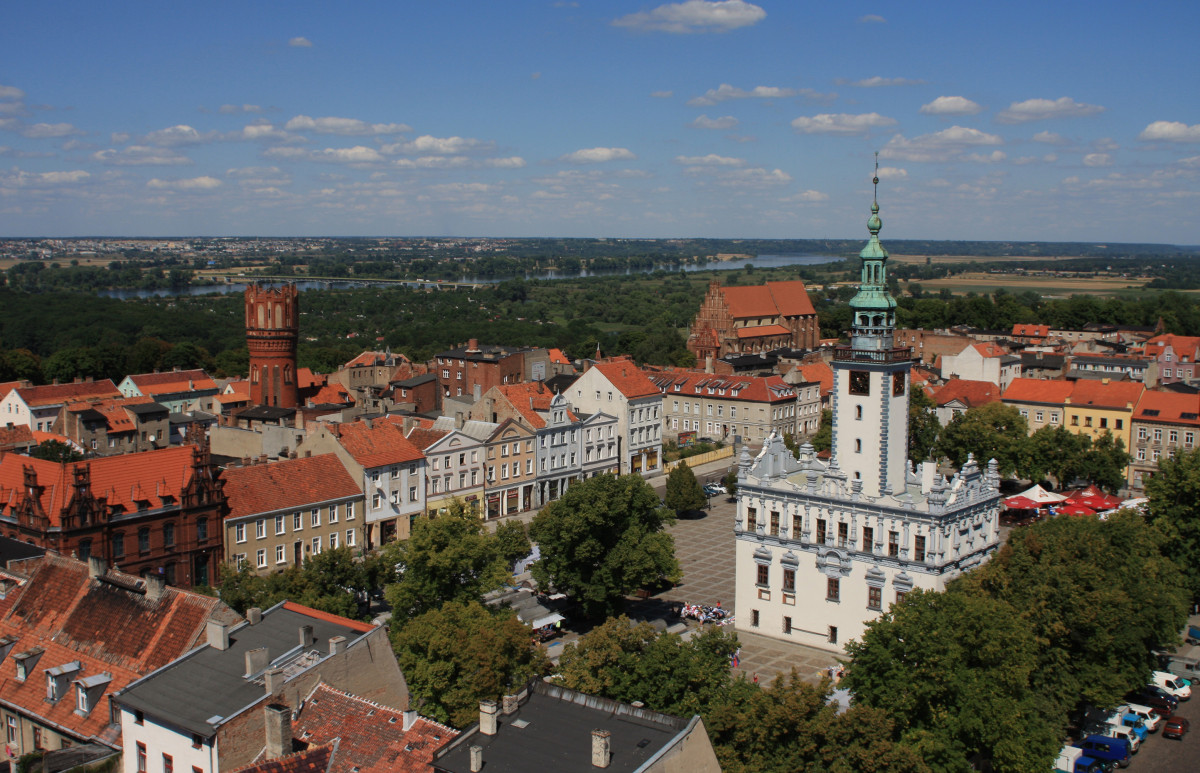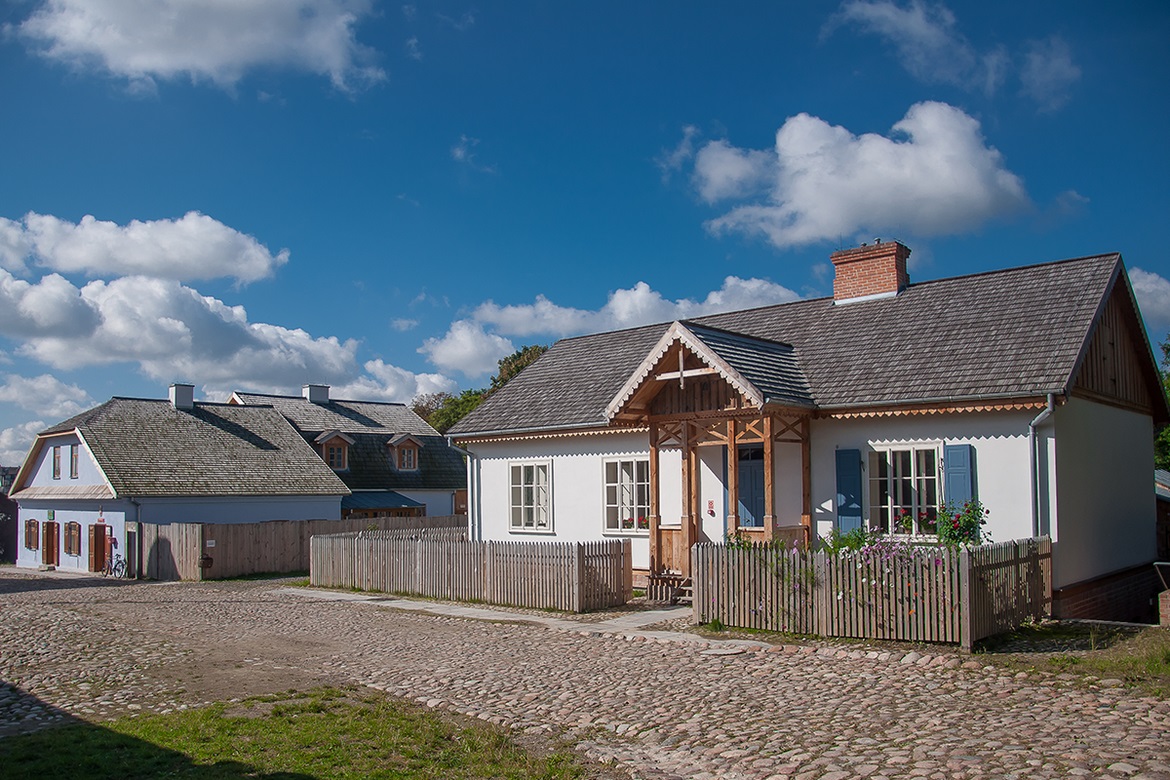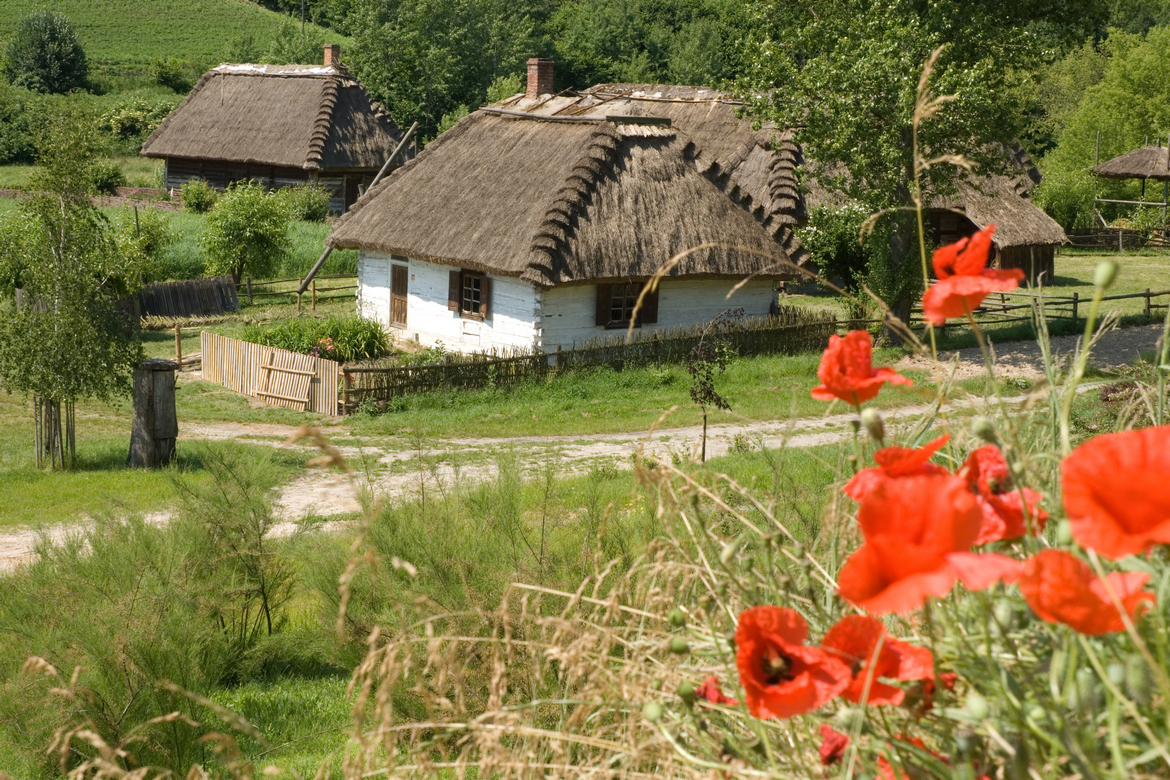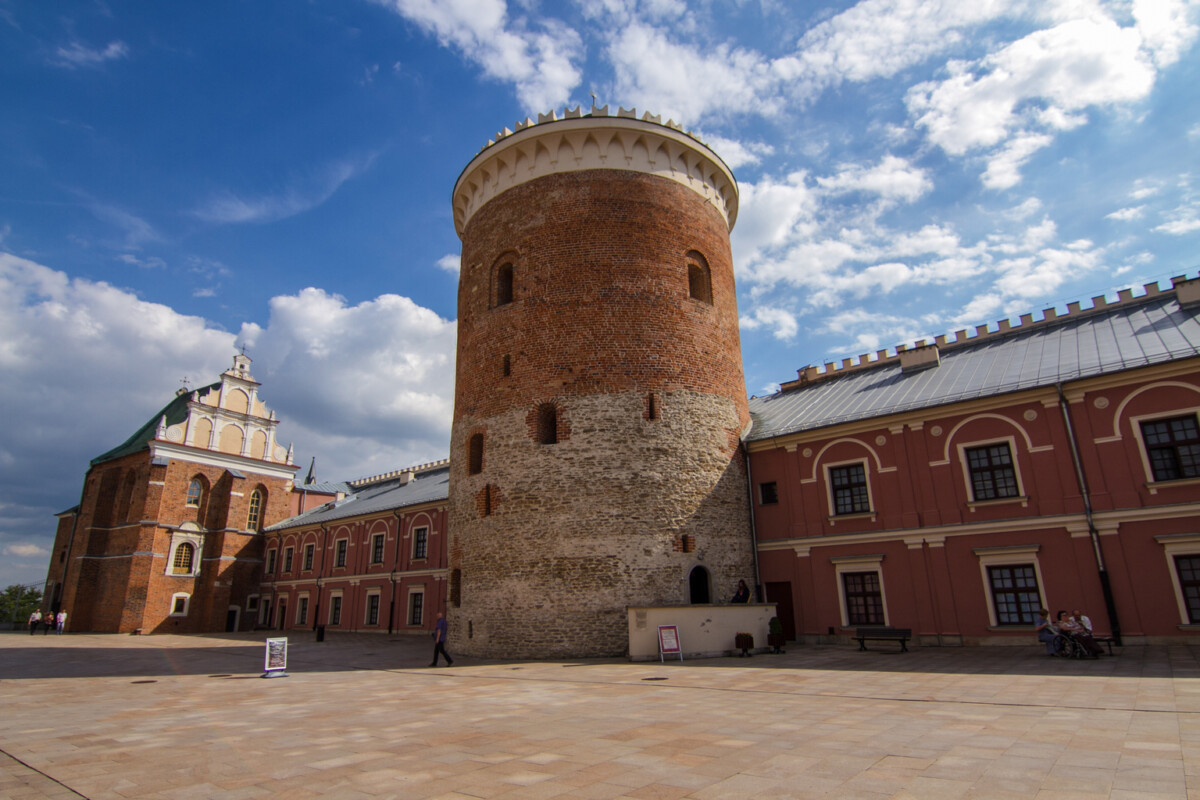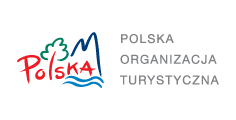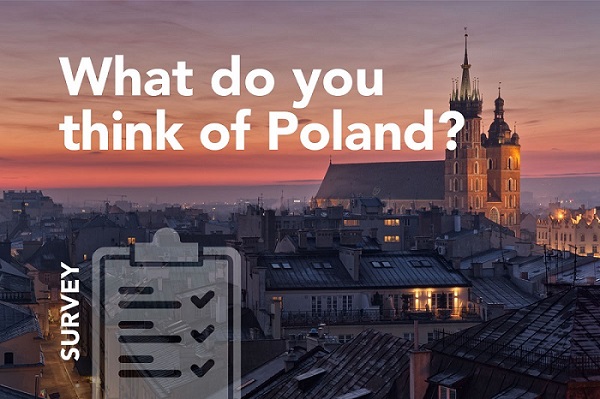Lubelskie Voivodeship
Lubelskie Voivodeship
Beautifully situated between the rivers Vistula and Bug, at the junction of Eastern and Western culture, Lubelskie has an alluring exoticism. Offering a rich natural environment with two national parks (Roztocze and Polesie) as well as historical sites including the UNESCO-listed Old Town in Zamość, the region tempts visitors with boats trips along the Vistula in Kazimierz, hiking in the Vistula glacial valley, treatments at health resorts and historic architecture in the province capital – Lublin.
Lubelskie province lies in eastern Poland, bordering on Ukraine and Belarus in the east. It shares a border with four Polish provinces: Podlaskie, Mazowieckie, Świętokrzyskie and Podkarpackie. The province capital is Lublin. Lubelskie province covers an area of over 25,100 sq. km.
Lubelskie: Savouring Life!
Lubelskie is true unique. Only here will find Orthodox, Roman Catholic and Uniate churches, synagogues, Tatar and Jewish cemeteries so close to one another. The land between the Vistula and the Bug has many secrets to reveal and countless special attractions, from Polesie to Roztocze.
The Land of Loess Gorges in the western part of Lubelskie province is one of Poland’s most attractive tourist regions, home to the greatest concentration of gorges in Europe. It is for this reason, and also for the historical sites, that tourists flock to Kazimierz Dolny, boarding ferries across the Vistula to the partially rebuilt fortified castle of the Firlej family in Janowiec. The health resort of Nałęczów is highly recommended for its unique microclimate, museums and spa park as well as therapeutic and rehabilitation treatments. In Puławy you can explore the former Czartoryski estate: a palace and park complex with the Church of the Ascension of the Blessed Virgin Mary, modelled after the Pantheon in Rome. Visitors can also hire a yacht in the marina or discover unique tree species in the Łęg na Kępie Nature Reserve. The region offers many hiking trails (including Nordic walking), cycling, horseback riding and navigating, entertainment for children (e.g. the Magic Gardens in Trzcianki) and ski slopes.
Not Just Lublin
A list of the region’s top must-see attractions includes the province capital, Lublin, an inspiring city with a huge variety of historical sites including the Old Town, Lublin Castle, the Donjon Castle Tower, the Metropolitan Cathedral of Lublin, the Trinity Tower, the Lublin Underground Trail and many more. There’s also Zamość with its unique Old Town architectural and urban complex (a UNESCO-listed gem) and the Lublin Renaissance Route.
Once a town of the Radziwiłł family, Biała Podlaska has preserved part of its historical castle complex where this noble family lived. Today it houses the Museum of Southern Podlasie with one of the largest collections of Russian icons and 28 paintings by Bazyli Albiczuk, “the Nikifor of Podlasie”.
Another unique attraction of Lubelskie province is Chełm Chalk Tunnels. A labyrinth of corridors runs beneath the central part of the Old Town in Chełm. It shows how the town “stands on chalk” but also how the rock is riddled with holes, like Swiss cheese. Legend has it that the chalk walls might be hiding princely valuables and treasures of Chełm’s burghers, while the corridors are haunted by the White Ghost.
The Zamoyski Museum in Kozłówka, in the former residence of the owners of Zamość, is a monument of history. The palace interiors feature original decor from the turn of the 19th and 20th centuries in the Second Empire style. The museum’s many collections include instruments (such as a piano melodico and an organola), family tableware, Oriental rugs and the Zamoyski portrait gallery. The palace is surrounded by an Italian-style park with a pheasant aviary and a rose garden. It’s also worth seeking out the coach house, the chapel modelled after the royal chapel at Versailles, and the Gallery of Socialist Realist Art.
Multicultural Polesie
Polesie National Park (PPN), one of the youngest such parks in Poland, has preserved the historical image of the wild and enchanting Polesie region and its undisputed king, the elk. Bases from which to explore the park include the PPN educational and administration centre in Urszulin, home to an educational garden, and the PPN educational and museum centre with animal rehabilitation centre in Stary Załucz. The park has marked educational and nature paths leading along kilometres of wooden footbridges overlooking marshes and peat bogs, across woodlands and meadows towards lakes covered with floating mats of vegetation. Some of these routes are Nordic walking and hiking trails that offer tourists a glimpse of 200 bird species, including cranes and white-tailed eagles.
Polesie, around which the River Bug meanders freely, is a place where cultures and borders meet, where Orthodox, Catholic and Jewish traditions combine, and where a Tatar cemetery (mizar) is a reminder of the region’s Muslim inhabitants. The region is promoted by the Multicultural Current of the Bug brand, whose partners include the Festival of Three Cultures in Włodawa and the town of Włodawa itself (with its unique Synagogue Complex, the Orthodox Church of the Nativity of the Blessed Virgin Mary and the late-Baroque St. Louis’ Church with Pauline Monastery), the Flying Fish Foundation, the Land Art Festival organiser of outdoor art galleries on the River Bug, and the Zaborek open-air museum.
The 280-kilometre Polesie Horse Trail runs across this diverse region with numerous lakes, unique fauna and flora as well as breathtaking landscapes hidden within extensive primeval forests. The trail leads to the most fascinating corners of Polesie National Park, the Chełm, Sobibór and Polesie Landscape Parks, and picturesque sections of the River Bug.
Konik Horses in Roztocze
As much as 93 percent of Roztocze National Park is covered with forests similar to the fir and beech woodlands found in the Carpathians. The park’s symbol is a descendant of the tarpan (Eurasian wild horse): the konik Polish primitive horse. Weighing up to 400kg, these ponies live long lives and are largely resistant to disease. They can be admired from up close at the Konik Polski Breeding Centre in Florianka and also in a sanctuary near the Echo Ponds and Zwierzyniec. This small town is considered the gateway to the park while St. John Nepomucene’s Church, known as “the church on the water” because of its location on an island in the middle of a pond, houses a copy of the venerated painting of Our Lady of Częstochowa funded by Róża Zamoyska and polychromies by Łukasz Smuglewicz. A 25km horse-riding trail leads along the park boundary and 68km Central Roztocze Geotourist Trail runs into it, allowing hikers and cyclists to see some fascinating quarries, adits and nature reserves.
At Home with Sienkiewicz
The Łuków region offers an amazing 330km of biking routes. Stoczek Łukowski is where Polish forces fought their first victorious battle of the November Uprising in 1831. Wola Okrzejska, meanwhile, is the birthplace of the author of The Trilogy – the Henryk Sienkiewicz Museum is housed in his family manor house.
Equally Notable Attractions
Some 350km of the Green Velo Eastern Bicycle Trail (Poland’s longest bike route that spans five provinces in the east of the country) runs through Lubelskie province. Here, the trail follows picturesque terrain along the River Bug, where you will find shrines of different denominations in Kostomłoty, Kodeń and Jabłeczna, the multicultural towns of Chełm and Włodawa as well as Roztocze National Park. In Lubelskie province you can also explore sections of the World War I Eastern Front Trail and the Way of Saint James.
Zoom Natury is a huge recreation park set up on the shore of Janowski Reservoir for people who love natural adventures. It includes a wonderful sandy beach, pedestrian paths with fountains, bike paths, workout areas, an exciting rope course and high-tech educational laboratories where kids can learn while also having fun. All this awaits you within the stunning Janów Forest complex, one of the largest of its kind in Poland.
Another great option for experiencing the region’s landscapes is canoeing down the rivers Bug and Wieprz.
Lubelskie province has many interesting cultural and tourism events. The most famous ones held in the province capital include Carnaval Sztukmistrzów, the Jagiellonian Fair, the Lublin Jazz Festival, Night of Culture, Multicultural Lublin, and the Lublin Legends Festival. In Zamość, you simply must see the Storming of the Zamość Fortress or take part in the Zamość Theatre Summer. Picturesque Kazimierz Dolny is famous for the Two Riversides Film and Art Festival. Other events that take place throughout the year include the Summer Film Academy in Zwierzyniec, the Gryczaki Groats Festival in Janów Lubelski, the Chmielaki beer festival in Krasnystaw, and the International Hot Air Balloon Competition in Nałęczów.

